8 Horrifying Cleveland Stories You Didn’t Learn About In History Class
We’ve all heard of the awful Torso Murders that took place in Cleveland in the late 1930s, but that tends to be one of the only tragic historical stories that locals are aware of. The truth of the matter is that Cleveland, like every other metropolitan area in the country, has a history that is speckled with both remarkable and terrible events. The historical happenings that were full of suspense and bewilderment makes for some amazing stories and you’ll find that they keep you at the edge of your seat.
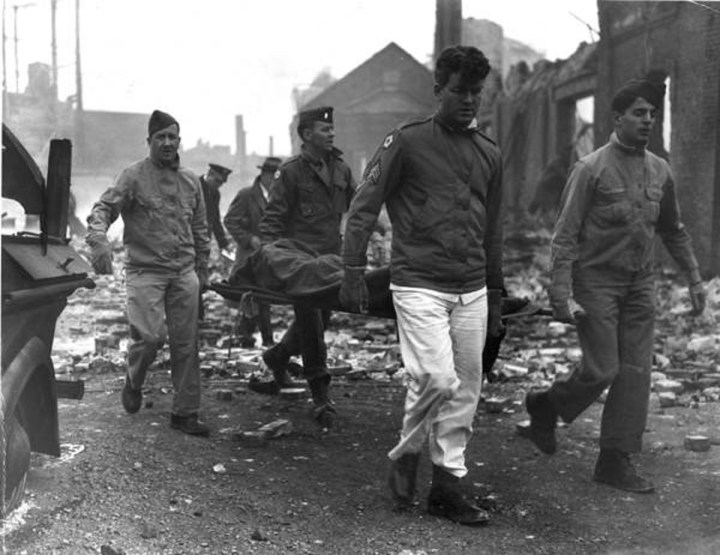
Flames purportedly shot up 2,500 feet as a tank capable of holding 90 million cubic feet of flammable gas exploded. It triggered a second, smaller explosion, and together they wiped out everything within a half mile. Locals could see the explosion and billowing smoke for miles. Flammable gases and liquid seeped into the sewers, creating a fire that spread far beyond the site of the tragedy. Tens of thousands of people were evacuated from their homes.
With World War II in full swing, locals considered the possibility of a German attack on the city. Firefighters worked nearly an entire day to douse the flames, but they could not save the 70+ residences and two factories that were destroyed. More than 130 people perished in the explosion and the following blaze, many of which were never identified. Lives were uprooted and more than 600 Clevelanders were left homeless.
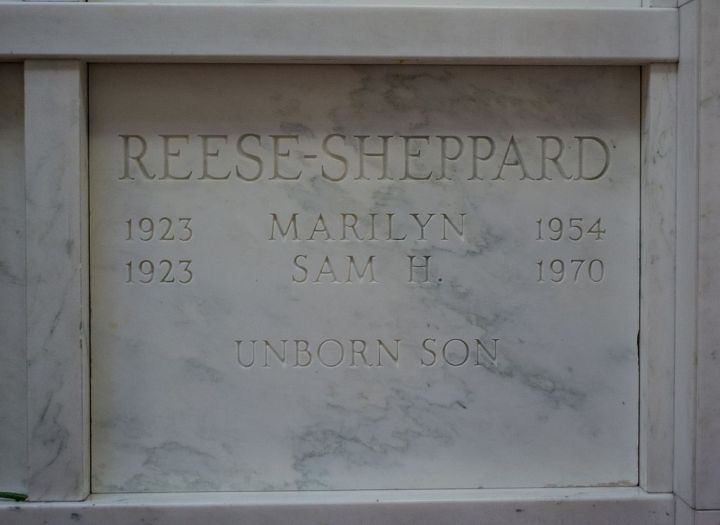
Reports say she was bludgeoned to death while Sam and Chip slept. Upon hearing her cries, Sam raced to her aide, but was knocked unconscious by her killer. Sam was initially found guilty of her murder, but a retrial reversed his sentence in 1966.
When further court proceedings took place in 1999, Marilyn's body was exhumed for examination. It was at that time that Chip discovered that his mother had been pregnant at the time of her murder. The coroner, it seemed, had preserved the fetus in a jar full of formaldehyde and illegally retained it for a full year. When the remains were discovered, they had been placed in the crypt with Marilyn in 1955. Marilyn's murder was never solved, though the evidence suggests that a weaker individual likely conducted the crime, due to the patterns of her injuries.

That morning, the only major concern was a leaky steam pipe in the basement. A steamfitter arrived to take a look, and business continued as usual. However, one tiny detail changed everything: the basement served as storage for x-ray film. At the time, nitrocellulose film was used in x-rays, and its chemical components were known to be incredibly flammable. The steam leak broke down the film, releasing deadly gases into the air. An explosion was triggered at 11:30, followed by another, and the toxic gas circulated through the building almost instantly. The roof partially blew off the building and many people inside the clinic died instantly. One of the victims was Cleveland Clinic founder Dr. John Phillips.
Rescue units arrived on scene and began dousing the building with water. However, they realized almost instantly that nitrocellulose burns, even when it is wet. As firefighters tried desperately to quell the flames, they only created more of the deadly smoke. Many people lost their lives, and the nation watched in horror.
It was later determined that a single exposed light bulb had heated the chemicals and triggered the explosion. Fortunately, though, the event did bring about desperately needed changes to firefighting strategy and chemical storage regulations.
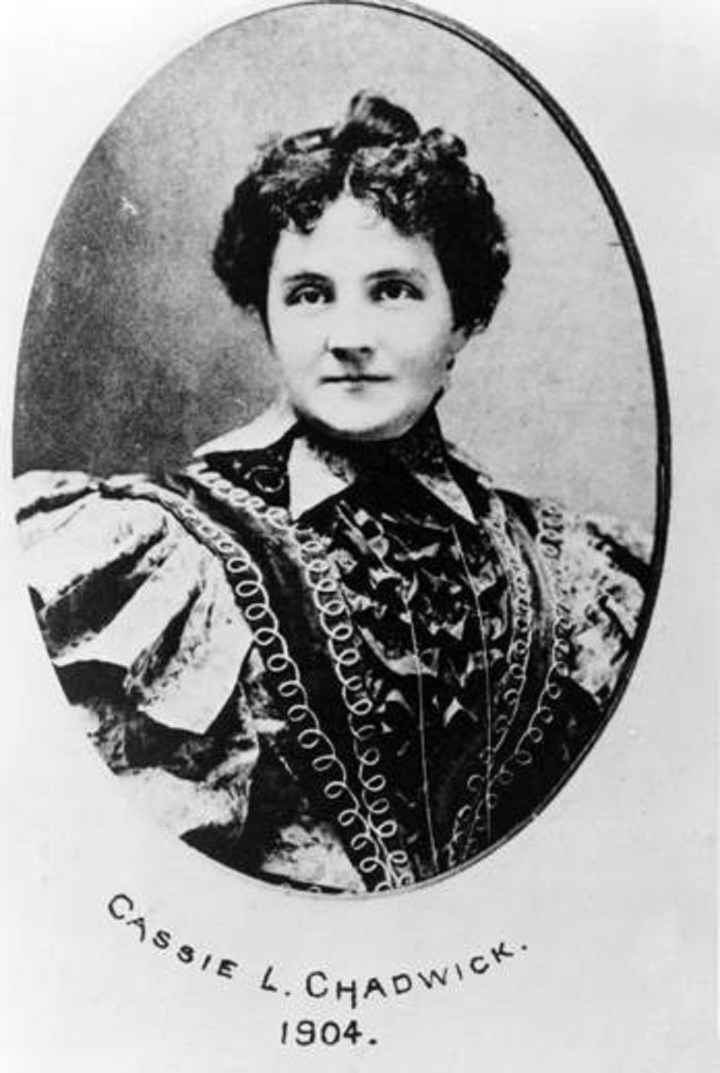
It all began when she was just 14 years old. Betsy opened a bank account, which she filled by bringing in fake checks. She was arrested, but her age and apparent insanity earned her a release. When she returned home after several years, she found that one of her sisters had married a Clevelander and moved to the Forest City, and she set out by train.
Once in Cleveland, Betsy began working as a fraudulent clairvoyant under the name of Madame Lydia DeVere. Through this outlet, she conned impressionable and grieving individuals into paying her to communicate with departed family members and would often steal from the bank accounts of her clients. Like her sister, she was wooed by a Clevelander's charms and married Dr. Wallace S. Springsteen in 1882. Now passing as Lydia Springsteen, Betsy hid from debts she had accumulated over the years. That is, until a story ran in The Plain Dealer brought her victims to Dr. Springsteen's doorstep, demanding repayment. The doctor, horrified to discover who had truly married, threw Betsy out after just 11 days together.
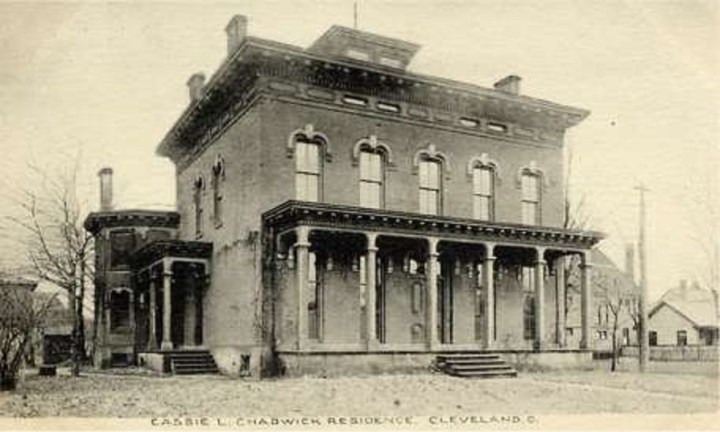
When Betsy was released, she invented the identity of Cassie Hoover and opened a brothel. She met Dr. Leroy Chadwick and played the part of an unsuspecting widow running a respectable boarding house. When Chadwick confronted her about her involvement with well-known brothel, she fainted and begged him to remove her from such a reputation and lifestyle. They married in 1897 and moved into a house on Millionaires' Row (pictured). Here she continued her forgery streak by claiming to be the illegitimate daughter of Andrew Carnegie, depositing fake banknotes and taking out loans that she would never pay back. In total, she borrowed over $10 million, the equivalent of about $272 million today. She was caught and sentenced to 14 years at the Ohio State Penitentiary in Columbus. She would only serve two years, though, as she died on her birthday at the age of 50.
Her criminal actions actually forced Citizens National Bank of Oberlin into bankruptcy and conned her community out of millions of dollars. While she may have been known as the "Queen of Ohio," this queen bee just ended up stinging herself in the end.
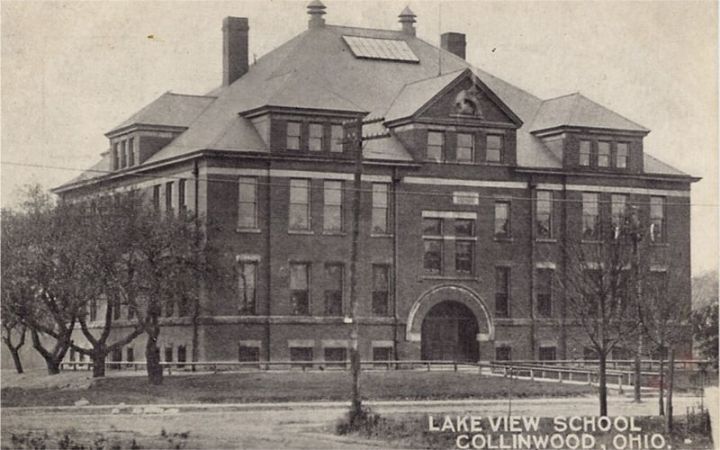
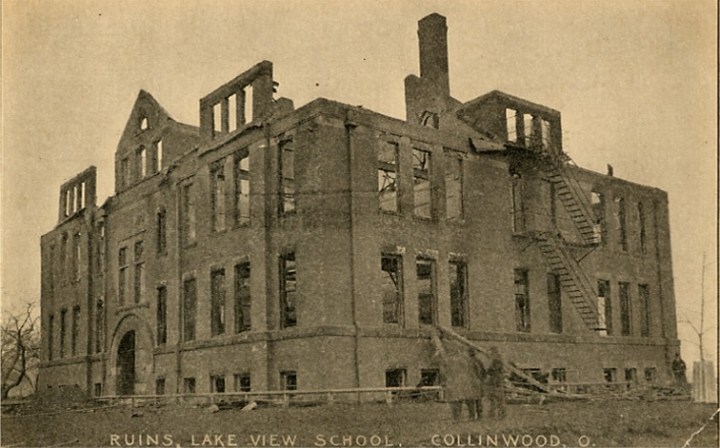

With the Vietnam War in full swing, locals naturally assumed that the bombing was a public protest, perhaps carried out by a domestic terrorist group such as the Weather Underground. Locals waited anxiously for the perpetrators to be brought to justice, but nobody was ever charged. The statue, as you can tell, was simply remounted in its damaged condition.

She was last spotted late at night on Linnet and West 117th, walking alone. Her disappearance shook the entire community, triggering what is remembered as one of the largest search efforts in Cleveland history. Thousands of people combed the city, and thousands more called in potential tips to the local police department. It was all to no avail, and the case went cold.
Nearly 50 years later, in 2000, The Plain Dealer received an anonymous letter confessing to her murder. That same year, police received three more letters describing her abduction and the last moments of her life. In 2015, police received several more anonymous tips regarding the incident that turned out to be true. However, the case has remained unsolved and the fate of Beverly was never revealed.

In 1965, he had worked for the Medina Gazette, but soon moved to the Medina County Sheriff’s Office. It was there that he was appointed Hinckley's chief of police in 1982. Mel, however, was a mystery. Few knew very much about him, and his puzzling existence culminated in one gigantic mystery in July of 1985.
On July 28th, Mel informed his girlfriend that he was going to Edgewater Park Beach to meet a friend. When he failed to show up for their date the next day, the girlfriend grew concerned. His car was found at Edgewater Park on July 30th. His clothes were folded neatly on the seat beside his wallet and ID. An investigation ensued, and investigators found that his typewriter ribbon hid the last words he ever wrote. The ribbon purportedly revealed that he would be 2,500 miles away, and it made mentions of Mel saying goodbye. Though Mel seemingly left of his own accord, he was declared legally dead in 1993.
Cleveland holds many secrets, and unfortunately not all of those secrets are hidden gems or awesome neighborhood eateries. Many of the city’s secrets are very dark, and the community has done its best to forget some of these horrific events and mysteries that took place within Greater Cleveland.
Intrigued by local history? The dark history of the Cleveland torso murders will send chills down your spine.
OnlyInYourState may earn compensation through affiliate links in this article. As an Amazon Associate, we earn from qualifying purchases.




